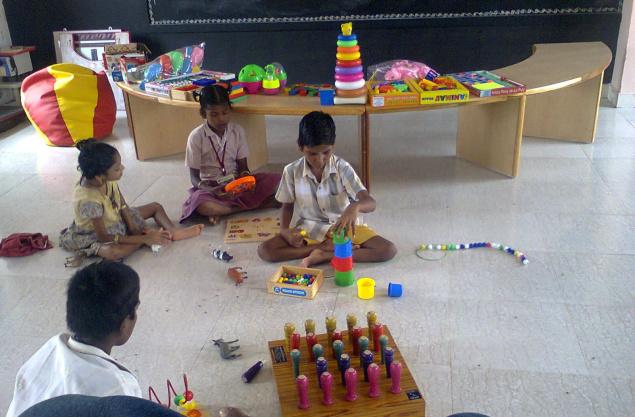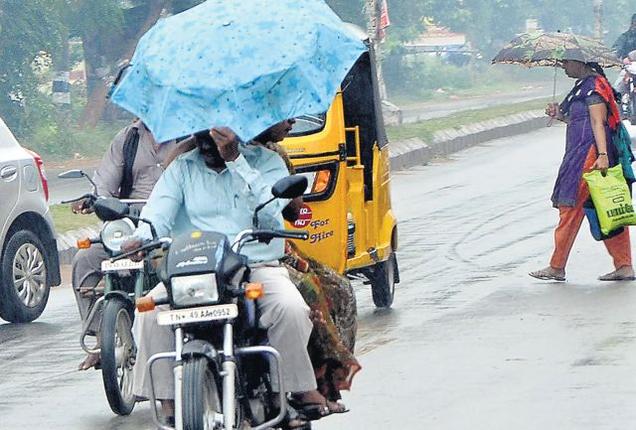Chennai :
You could soon spend the day fishing at Chetput lake and relaxing on its banks. The fisheries department and the corporation are working on a plan to turn the lake in the heart of the city into a boating and fishing centre.
People can bring their own fishing poles or rent them and park themselves on the dock for a while. “They will have to release the fish they catch back into the lake after taking a photograph. Fishing is on a CPR basis — catch, picture and release. The whole sport and thrill should be about the catch,” said a fisheries department official. “We will provide bait like small fishes, worms and caterpillars,” said the official.
Nine months ago, the state government announced a 42-crore makeover for the lake. Though the water remains blackish after the clean-up, officials and consultants are happy with the work. “We have been asked to create an eco-friendly fishing spot-cum-sports park,” said a senior corporation official in charge of the project. “We plan to introduce boating for recreation on the eastern side of the park. Around 70% of the water will be dedicated to it,” he said.
Until now, people from the city interested in a boating trip had to drive all the way to Muttukadu on East Coast Road or to Pulicat.
The area surrounding the lake will have a food court with sea food, a children’s play area and park, a walking and jogging track and a multi-level parking lot for 60 cars and 100 two-wheelers.
The government plans an angler’s dock on the Spurtank Road side of the lake. The fisheries department will start farming two omnivorous species – karimeen (etro fish) and Pangasius – for angling. “We need fish species that are carnivorous or omnivorous, so that they get attracted to the bait,” said the official.
The lake now has three omnivorous species – tilapia, snakehead fish and catfish – of which only tilapia is easily seen. “Snakehead fish and catfish can be caught in summer when the lake’s depth reduces to seven feet,” said an employee of the department. “We need to increase their population through farming.”
The lake spread over 42,570 sqm is home to many herbivorous varieties of freshwater fish like carp like rohu, mrigal and anabus, ornamental fish like gourami, and small fish like gambusia.
Until now, the lake and its surrounding area, spread over 65,235 sqm hectares, were used as a dumpyard and a sewer. “After it was cleaned, we can see the greenery around the lake and the water clearly after two decades,” said Nikkita Talreja, 24, a wedding planner who lives in Chetpet. “Earlier, swarms of mosquitoes would descend on the area every evening because of the filthy lake.”
Though tenders for the project are to be floated within a fortnight, officials admit they have a challenge on their hands to improve the quality of water. “Before we start planting fish seeds, which are baby fish bought from the hatcheries, we should try oxygenating the water a little more,” said another fisheries department official. “We should make the soil and water a little more organic. We should also aerate the water through fountains to keep it circling and prevent stagnation,” she said.
The water in the lake stagnates and smells because it has no outlet. “The corporation has promised to construct stormwater drains leading in and out of the lake,” said the official. A compound wall is to be constructed where the lake borders Chetpet slum and Kilpauk Medical College and Hospital to prevent dumping of garbage and hospital waste. “They are the main culprits behind the pollution. An eco-friendly area can be achieved only if garbage dumping stops,” added the official.
source: http://www.economictimes.indiatimes.com / The Economic Times / ET Home> Environment> Flora & Fauna / by Pratiksha Ramkumar, TNN / December 19th, 2013






